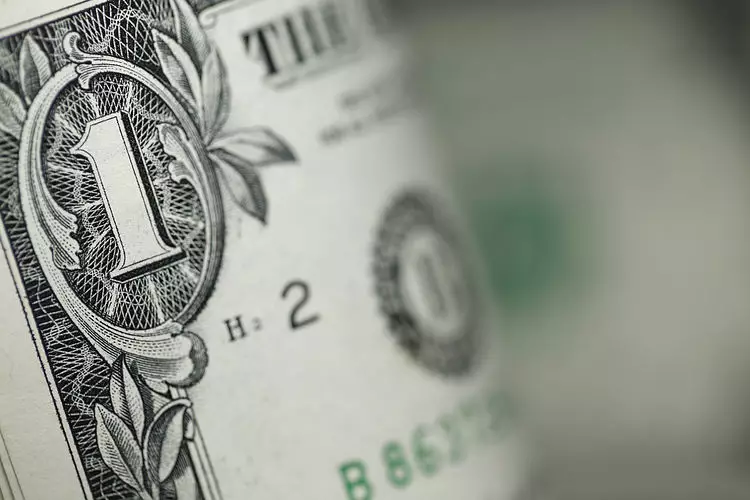The US Dollar Index (DXY) experienced a retreat on Thursday after a sharp recovery the previous day. This decline can be attributed to the release of US Gross Domestic Product (GDP) revisions and soft Jobless Claims figures. The bond market surge on Wednesday that resulted in gains for the USD has now been reversed due to the disappointing economic data. Despite concerns about a softening labor market, the probability of interest rate cuts in June and July remains low. However, investors are anxiously awaiting the release of Personal Consumption Expenditure (PCE) figures on Friday, as they have the potential to influence the Federal Reserve’s (Fed) future decisions.
Market Expectations for PCE Figures
Investors are closely monitoring the upcoming PCE figures from April, which are set to be released on Friday. These figures could play a crucial role in shaping the Fed’s expectations and potential policy actions. The market is looking for insights into consumer spending trends and overall economic health to gauge the future direction of interest rates.
The recent increase in Initial Jobless Claims from 216K to 219K has added to the negative sentiment surrounding the USD. Despite the rise in jobless claims, the likelihood of interest rate cuts in the near term remains relatively low. The market is now focusing on the September meeting, where the chances of a rate cut stand at around 50%.
Factors Influencing the US Dollar
The US Dollar (USD) is a dominant global currency, accounting for a significant portion of foreign exchange transactions worldwide. The value of the USD is influenced by various factors, with monetary policy being a key driver. The Federal Reserve (Fed) plays a crucial role in shaping US monetary policy, with its decisions impacting the value of the USD.
Monetary Policy and USD Value
The Fed’s primary mandates include achieving price stability and fostering full employment. One of the main tools used by the Fed to achieve these goals is adjusting interest rates. When inflation exceeds the 2% target or when unemployment is high, the Fed may choose to lower interest rates, which can weaken the USD. On the other hand, if inflation is high, the Fed may raise rates to support the USD.
In times of crisis, such as the 2008 financial crisis, the Fed may resort to quantitative easing (QE) to stimulate the economy. QE involves the Fed purchasing government bonds to increase credit flow in the financial system. This process often leads to a weaker USD. Conversely, quantitative tightening (QT) involves the Fed reducing its bond holdings and can have a positive impact on the USD.
The recent revisions to US GDP and increase in Jobless Claims have had a negative impact on the USD. The market is eagerly awaiting the release of PCE figures to gain further insights into the state of the economy. The Fed’s monetary policy decisions will continue to play a significant role in shaping the value of the USD in the coming months.


Leave a Reply